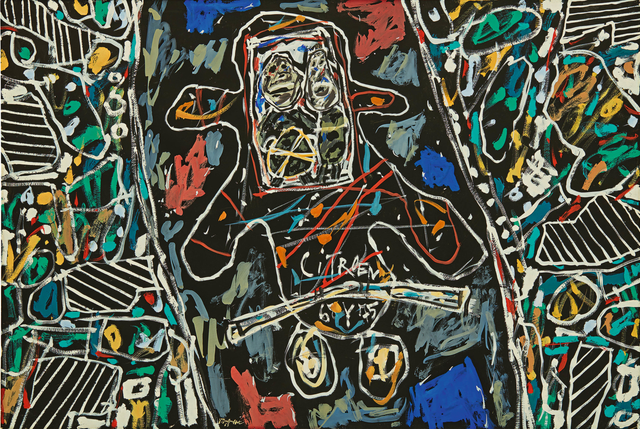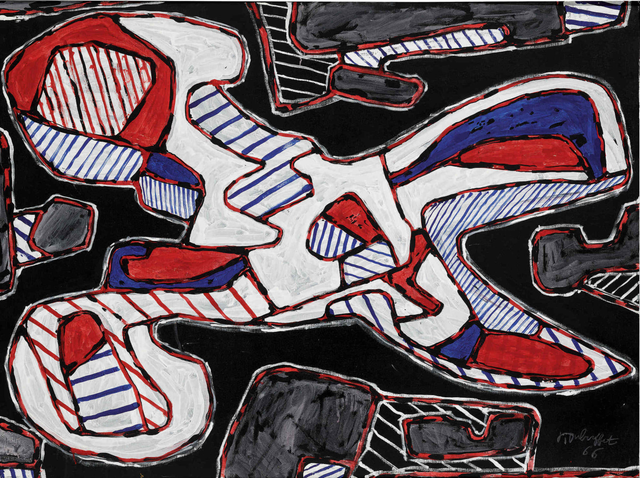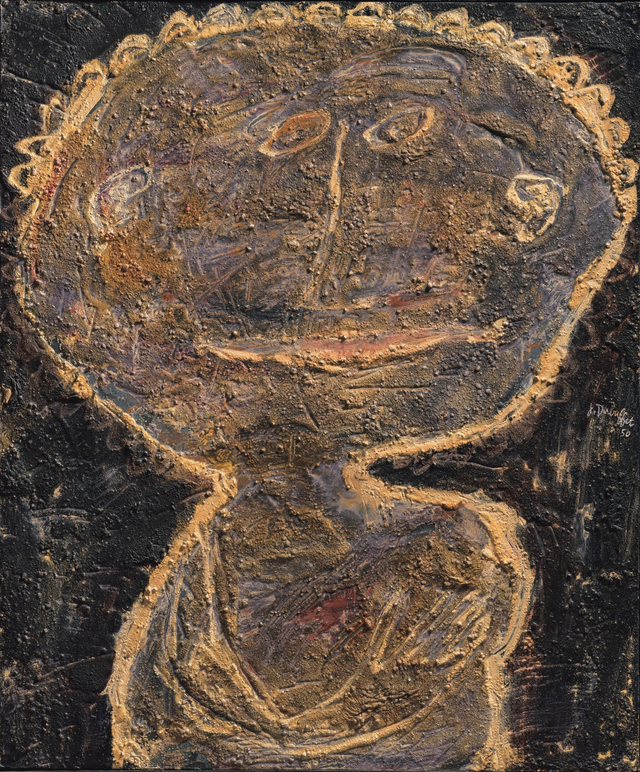
Fernand Léger Still life
Gallery:
Year:
1927
Technique:
Oil on canvas

Gallery:
Year:
1927
Technique:
Oil on canvas
"Still life," a painting by Fernand Léger, was created in 1927 using oil on canvas.
Fernand Léger, known for his reputation as a Cubist, had a style that varied considerably over the decades. His artistic approach fluctuated between figuration and abstraction, drawing influence from diverse sources. Léger engaged in various media, such as paint, ceramic, film, theater and dance sets, glass, print, and book arts. Despite the variability in his style, his artwork consistently featured graphic elements, emphasizing primary colors, patterns, and bold forms.
Embracing the Cubist principle of breaking objects into geometric shapes, Léger maintained an interest in portraying the illusion of three-dimensionality. His distinctive form of Cubism set him apart through a focus on cylindrical shapes and the incorporation of robot-like human figures, conveying a sense of harmony between humans and machines.
Influenced by the disorder of urban spaces and his fascination with vibrant primary colors, the artist aimed to convey the noise, dynamism, and speed of emerging technology and machinery. This often led to a depiction of movement in his paintings, capturing the optimism prevalent in the pre-World War I era.

Jean Dubuffet
Holidays in Pas-de-Calais
2

Jean Dubuffet
Scissors I
1

Jean Dubuffet
The leaden complexion
2

Joan Miró
Characters, Birds
1